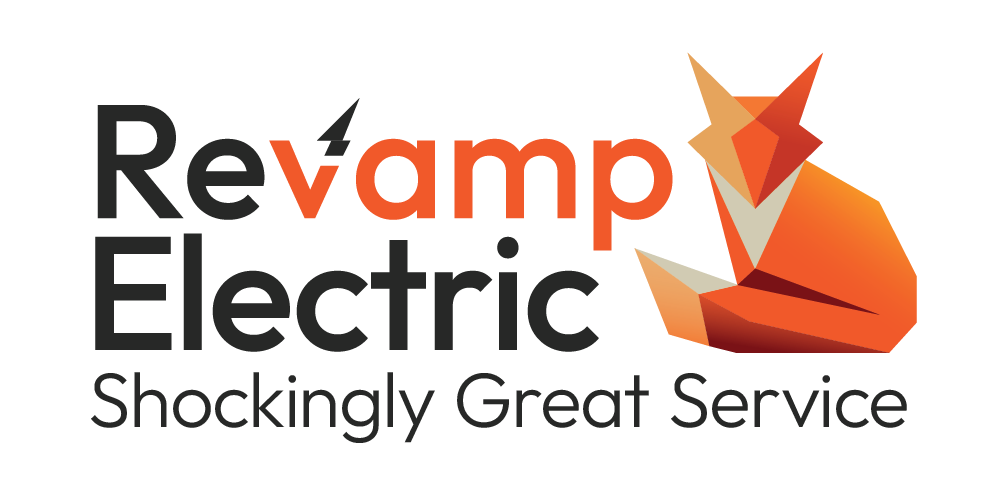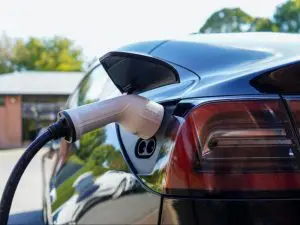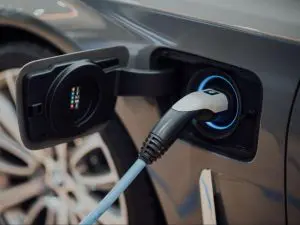As electric vehicles (EVs) gain popularity and the transition to electric mobility accelerates, one crucial aspect is the installation of EV chargers. However, concerns and misconceptions often arise when considering the process and implications of installing an EV charger. This article will aim to address these concerns and debunk common misconceptions surrounding EV charger installation, ensuring a smooth transition to electric mobility.
Cost and Affordability
One common concern is the perceived high cost of EV charger installation. While it’s true that there are upfront expenses involved, such as the purchase of the charging equipment and potential electrical upgrades, it’s important to consider the long-term cost savings. The operational costs of EVs are significantly lower compared to traditional gasoline-powered vehicles, with the cost of electricity per mile being considerably lower than the cost of gasoline. Additionally, many governments, utility companies, and organizations offer incentives, grants, and rebates to offset installation costs, making EV charger installation more affordable for consumers.
Home Electrical Infrastructure
Another misconception is that home electrical systems may not be capable of supporting EV chargers. While it’s essential to evaluate the electrical capacity of a home, most residential electrical systems can accommodate EV chargers without significant upgrades. A professional electrician can assess the existing electrical infrastructure, make any necessary adjustments or upgrades, and ensure that the installation meets safety standards and local regulations. Homeowners should consult with experts to determine the feasibility of EV charger installation based on their specific electrical system.
Charging Speed and Convenience
Some individuals worry that charging an electric vehicle will be time-consuming and inconvenient compared to refueling a traditional car. However, EV charger technology has rapidly advanced, offering various charging options and speeds. Level 2 chargers, commonly installed at homes, provide faster charging compared to standard Level 1 charger, significantly reducing charging times. Additionally, home EV chargers offer the convenience of charging overnight, allowing EV owners to wake up to a fully charged vehicle each morning. With the expanding public charging infrastructure, charging options are increasingly accessible and convenient, further alleviating concerns about range anxiety.
Range Anxiety
Range anxiety, the fear of running out of battery power before reaching a charging station, is a prevalent concern for prospective EV owners. However, the expanding network of public charging stations, coupled with the convenience of home EV chargers, effectively addresses this concern. Home EV chargers provide a reliable and accessible charging option for daily driving needs, while public charging stations offer additional support for longer journeys. With advancements in EV battery technology and the increasing range of electric vehicles, range anxiety is becoming less of an issue, allowing EV owners to confidently embark on their travels.
Environmental Impact
There is a misconception that the environmental benefits of EVs are negated by the emissions generated during the production and installation of EV chargers. While it’s true that there is an initial carbon footprint associated with manufacturing and installation, the long-term environmental benefits outweigh these factors. EVs produce significantly lower emissions during their operational lifespan compared to gasoline-powered vehicles. Moreover, as the energy grid transitions towards renewable sources, the carbon footprint of charging EVs decreases even further. It’s crucial to consider the holistic life cycle analysis of EVs, which demonstrates their positive environmental impact.
Homeownership and EV Charger Installation
Some individuals believe that EV charger installation is only feasible for homeowners, excluding those who live in apartments or rental properties. However, the accessibility of EV charging solutions has expanded to accommodate various living situations. For renters, there is an increasing trend of property owners and landlords installing EV chargers in multi-unit dwellings, providing charging options for residents.



